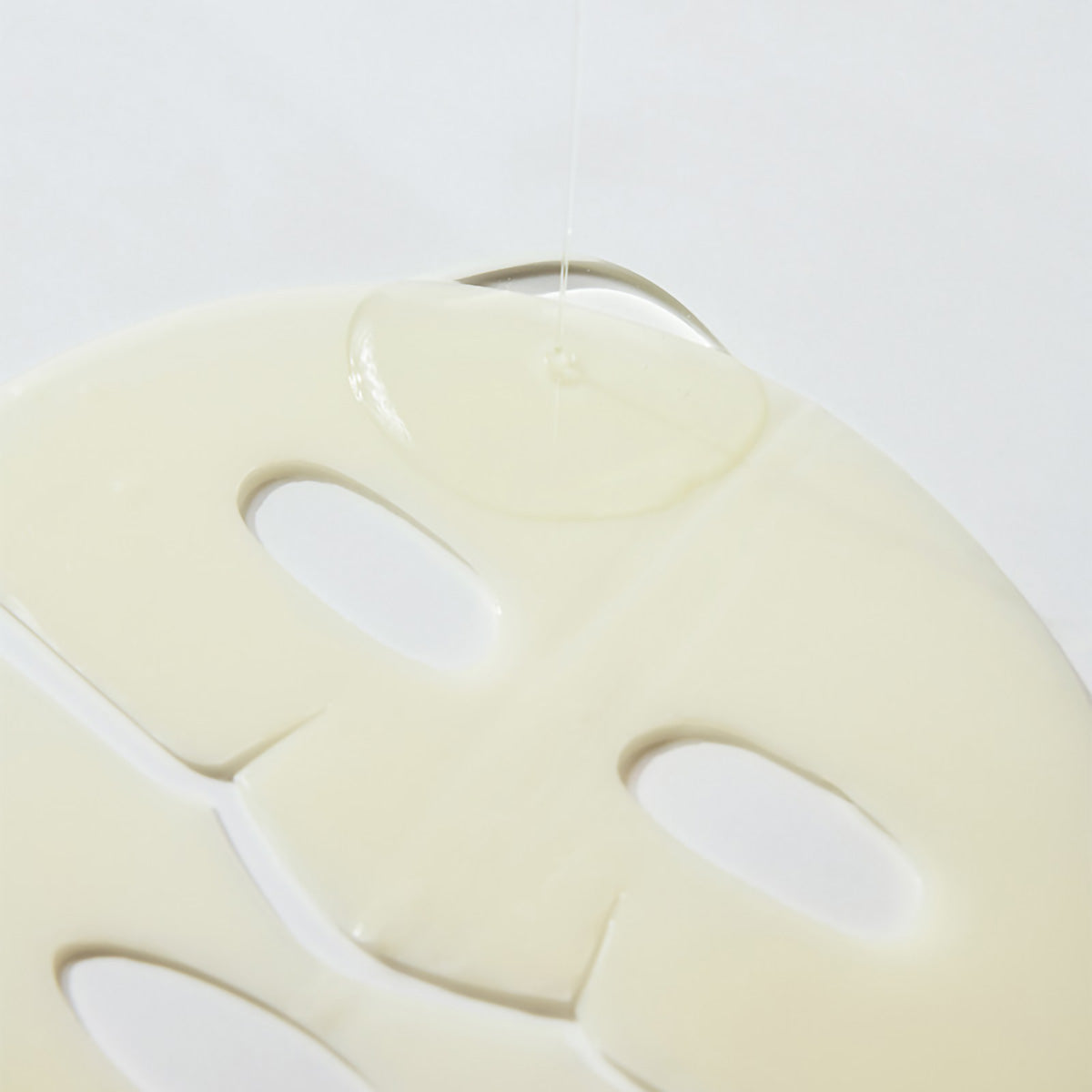K-Movie: Chuseok Calls for Korean Historical Movies
Roaring Currents | 명량 (2014)
 CJ Entertainment | Roaring Currents
CJ Entertainment | Roaring Currents
Roaring Currents (Korean title ‘Myeongnyang’,) depicts the Battle of Myeongnyang that took place in 1597 between Admiral Yi Sun-Shin and Commander Tōdō Takatora of the Japanese navy. This battle is truly one of the mysteries and one of the most miraculous cases in the history of sea battles - let’s be honest, the victory of twelve ships against three-hundred? That’s totally absurd. To let you have a deeper understanding of the setting when watching the movie, I’ll sit you down for a short history lesson of what had happened before this great fight.
 1boon
1boon
Admiral Yi Sun-Shin was known nationwide for his amazing war tactics, skills, and leadership. Due to the many successful battles Admiral Yi had won, even the Japanese navy was well aware of his achievements and some even respected his geniusness. The battle style of Admiral Yi was always to “start a fight in which you will win.” For more than ten battles he led and won early in the war in 1597, he would always have a higher number of troops and ships to wait and attack the enemies when they were off guard. But in the Battle of Myeongnyang, things were different. Yi had a tiny amount of ships left to fight with and the Japanese were literally packed with ships, supplies, and soldiers. In the movie, you’ll see how difficult it was for Yi to gather soldiers, as you’ll see even monks volunteering to join the war due to the lack of the troop’s manpower. Also, the Japanese had Kurushima Michifusa with them, the most ruthless and skilled warrior of the sea. Kurushima had lost his brother to Yi during the war prior, so he was ready to make Yi payback for it.
 CJ Entertainment | Roaring Currents
CJ Entertainment | Roaring Currents
But how did Admiral Yi have so few ships when he was the best navy leader in the country? Well, he had some troubles with the King at the time - King Seonjo. Seonjo lost his people’s respect dreadfully during the war when he fled up to Ŭiju leaving the capital Hanyang (now called Seoul) behind, as the Japanese army came to hit the city during 1952 - 1954. During this time, Yi continues to show amazing performance at wars and the people of Korea felt safer when with Yi than the King. While Seonjo was feeling threatened of his place as the head of the country with situations like these, he hears the news in 1957 that the Japanese will hit Busan. The King commands Yi to go and fight, yet Yi refuses as he concluded that the information could be false and being led to a trap will make things even harder for the Korean army. Nonetheless, the Japanese actually did hit Busan and made it to the lands of Korea. Due to this mistake, Yi is called up to Hanyang, locked in a cell and was tortured for months for failing to follow the King’s words.
 CJ Entertainment | Roaring Currents
CJ Entertainment | Roaring Currents
While Yi was locked in, the next leader assigned for the navy troops was General Won Gyun. The sea battle that Won Gyun led in Busan was the only battle that Korea lost in the second half of the Japanese invasion (1957-1958). Out of 160 ships, 148 were defeated and only twelve made their way out - the famous Geobukseons (Turtle Ships) of Admiral Yi were all taken down in this fight as well. King Seonjo then realises the importance of Yi Sun-Shin and puts him back on the battlefield. This is where the movie starts off, with Yi back from all the tortures and is left with twelve ships and men in low spirits. Seonjo once again makes contact with Yi, carefully suggesting an opinion that the navy should retreat and join the army force. This is where the famous quote of Admiral Yi comes in as he writes the letter to the King, “I still have twelve ships at my command.” This shows Yi's determination to fight and win the battle that everyone else called suicidal.
In Yi’s diary, he wrote during the war (Nanjung Ilgi) he wrote: “those who seek death shall live, those who seek life shall die.” Yi joined the war for the country believing that he might not survive. The courage of Yi and his navy was what led to the victory of the Battle of Myeongryang and scared off the enemies. Roaring Currents is definitely a movie that portrayed the heart-striking scenes of the great battle that will continue to live in history, with incredible action and magnificent acting. Hope this mini Korean history class got you more interested in Korea, the history, and got you curious about how Yi won the Battle of Myeongnyang! My tip, watch Roaring Currents during this Chuseok period to find out 😉 Here’s a trailer video for a glimpse of this award-sweeping film.


























Leave a comment